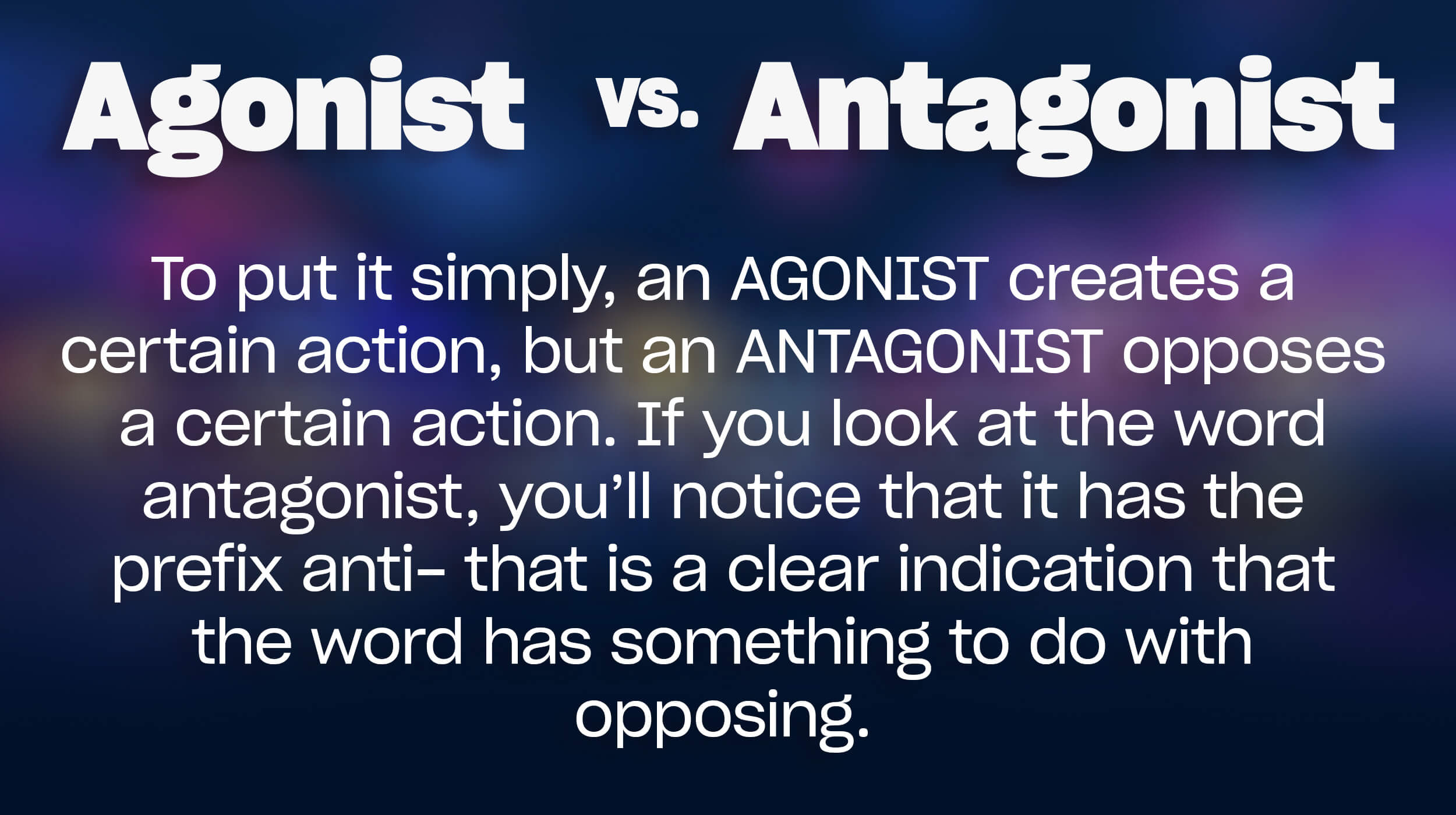Agonist and Antagonist Treatment
Agonist and Antagonist Therapy For Drug Addiction
When it comes to treating addiction to either illicit drugs or prescription painkillers, there is no blanket cure. Addiction is a disease that affects the chemical makeup of the brain. Since every person is different, what works for one individual might not work for another.
Evidence-based treatment options for substance abuse focus on scientific data. While there isn’t a one-size-fits-all antidote for addiction, evidence-based treatment utilizes therapy methods that have proven to work in different situations and across a broad spectrum of individuals.
Agonist and antagonist therapy for dependency issues provides a safe and comfortable way to approach detox.
A substance that creates a physiological response in the brain is an agonist. For example, drugs like nicotine and heroin are agonists. These chemicals bind to receptors in the brain that produce pleasure and pain responses. The result is a chemical reaction that gives users a sense of euphoria or a feeling of being “high.”
During recovery using an agonist therapy, physicians can treat patients by prescribing a different agonist that attaches to the same pleasure and pain receptors. This is incredibly useful in the painful detoxification period. A “partial agonist” can act as a replacement drug for a time, reducing cravings and helping to ease uncomfortable withdrawal symptoms. A few of the prescribed medications used in agonist therapy are:
- Buprenorphine (Suboxone) – used for withdrawal from opiates, such as heroin or morphine
- Methadone – also used for withdrawal from opiates
- Chantix – used in the treatment of nicotine addiction
Medical supervision is necessary while undergoing agonist therapy. Without proper administration of the drugs, individuals can develop both a physical and psychological dependence on agonists like Suboxone.
Antagonist Therapy For Drug Addiction
As the opposite of agonist therapy, which creates a chemical reaction, antagonist substances bind to receptors in the brain and block a chemical reaction from occurring. Antagonist medications are not addictive in and of themselves. They also do not cause a “high” similar to the addictive drug.
Unlike agonist therapy, though, antagonist medications do not alleviate cravings. This can put recovering drug abusers at risk of relapse if they stop or skip their prescribed antagonist medication. Again, medical supervision during this period can reduce the risk of relapse and overdose.
- Naltrexone is a commonly used antagonist medication in the treatment of opiate addiction, as well as for stabilizing patients who’ve suffered an opiate overdose
Every individual recovering from drug addiction faces a different set of challenges. The most important part of healing from dependency issues is to keep the disease in remission. Seeking treatment from addiction specialists who can help decide which treatments will work best is the first step to a lasting positive life change.
In the course of our medical detox program, patients are sometimes managed through the use of agonist and antagonist therapy.
Supervised medication is used to alleviate withdrawal symptoms, which in turn, allows our patients to be treated comfortably on an outpatient basis for Alcohol Detox, Opiate Detox, or Drug Detox.
